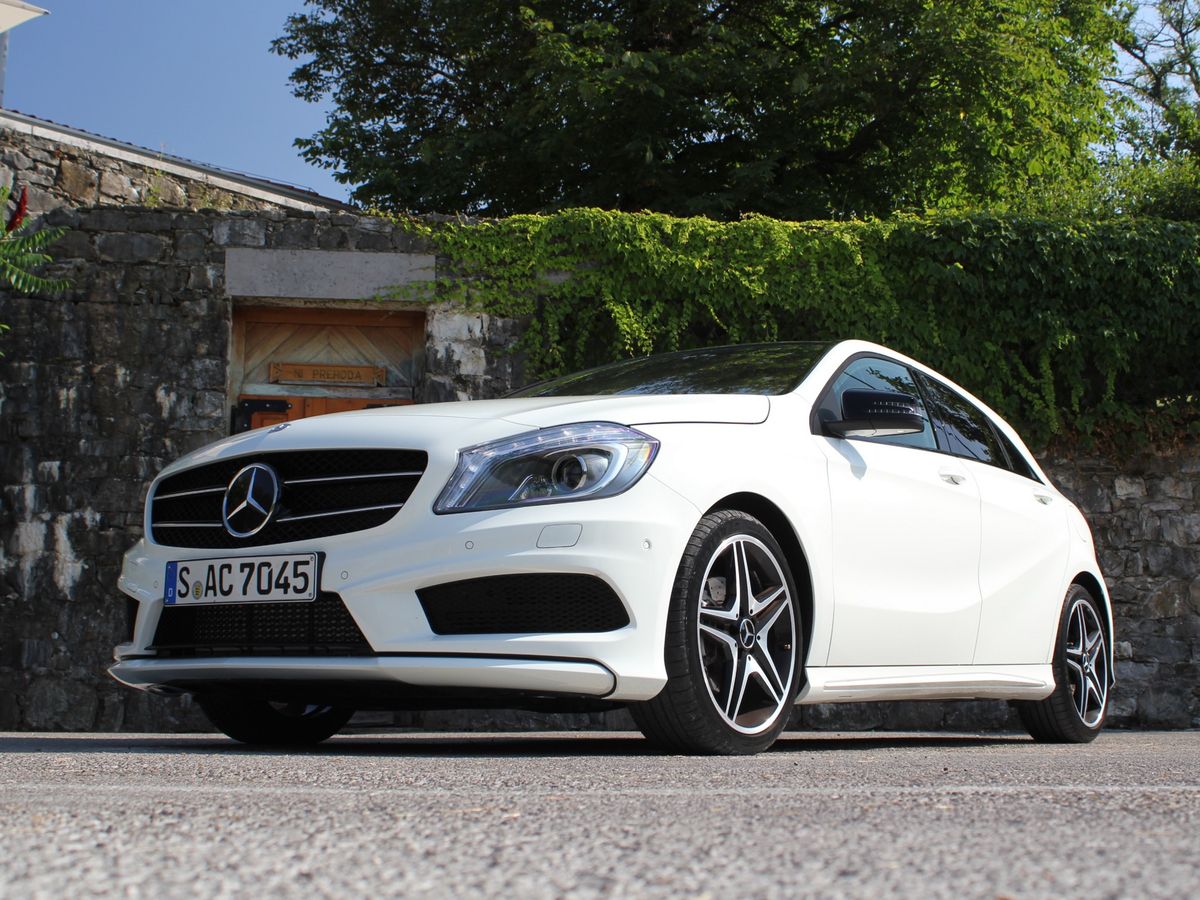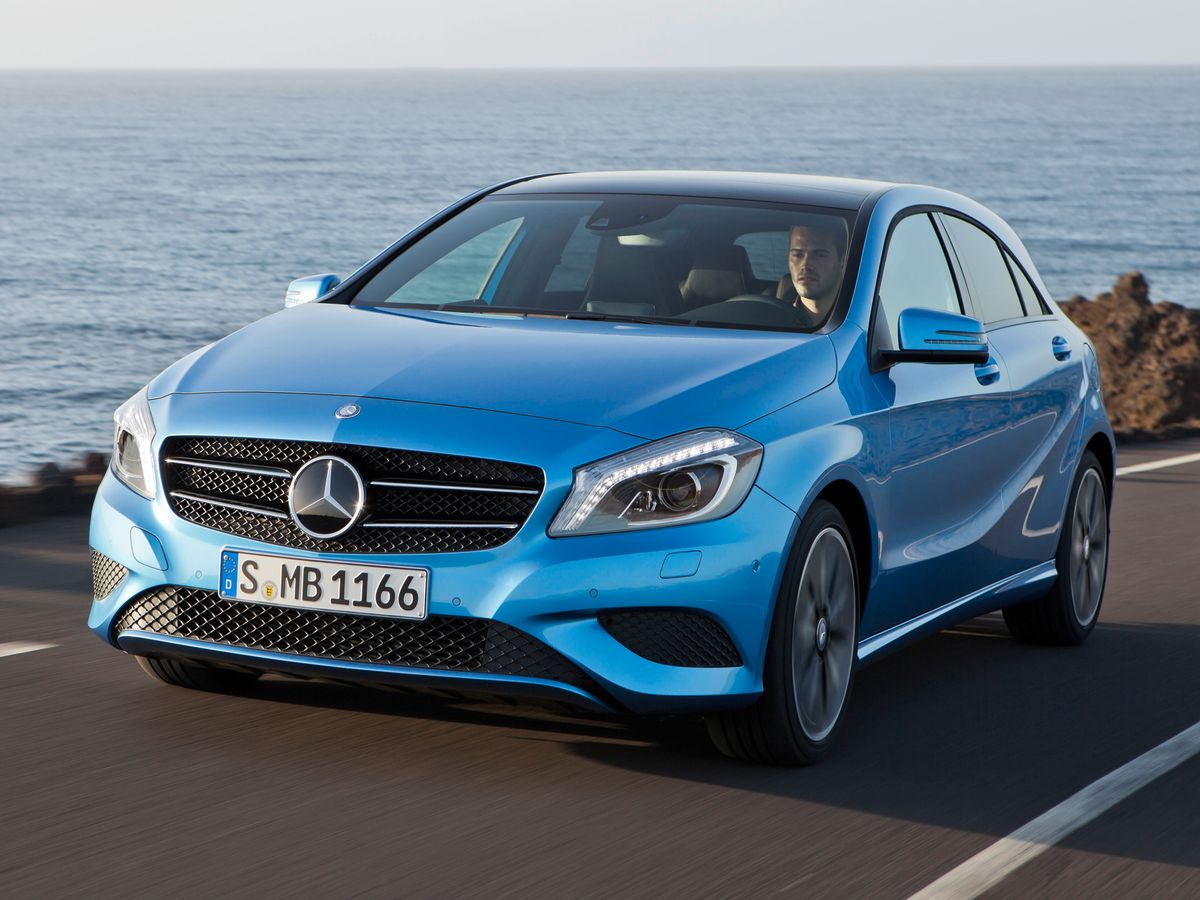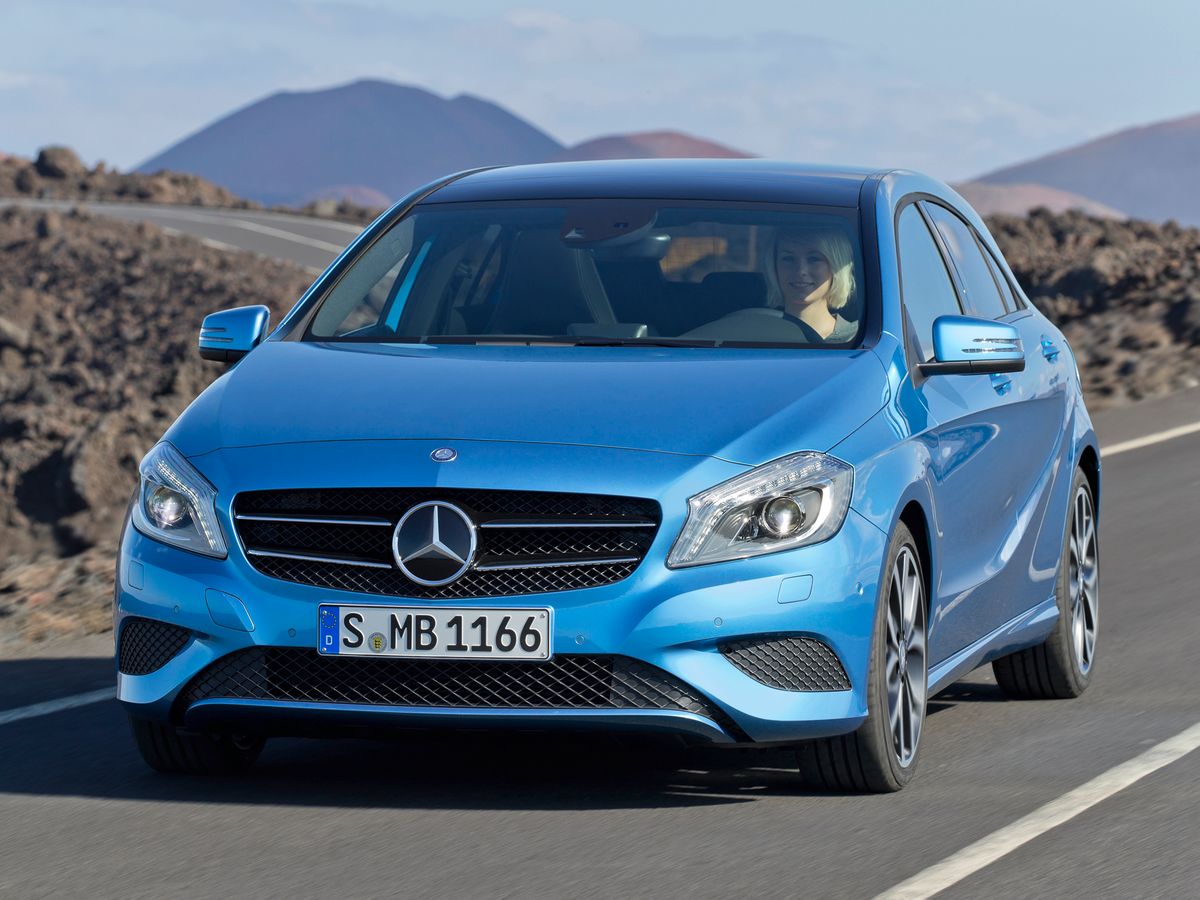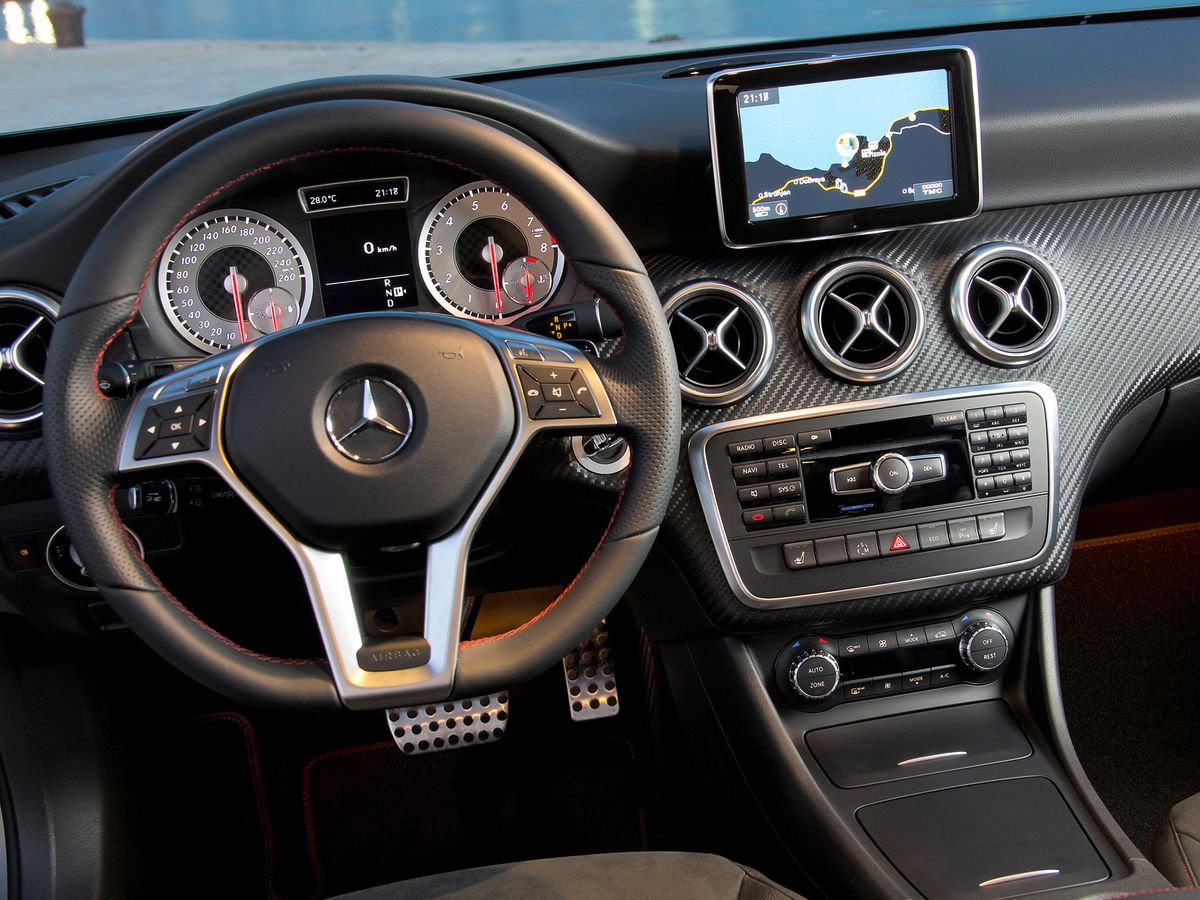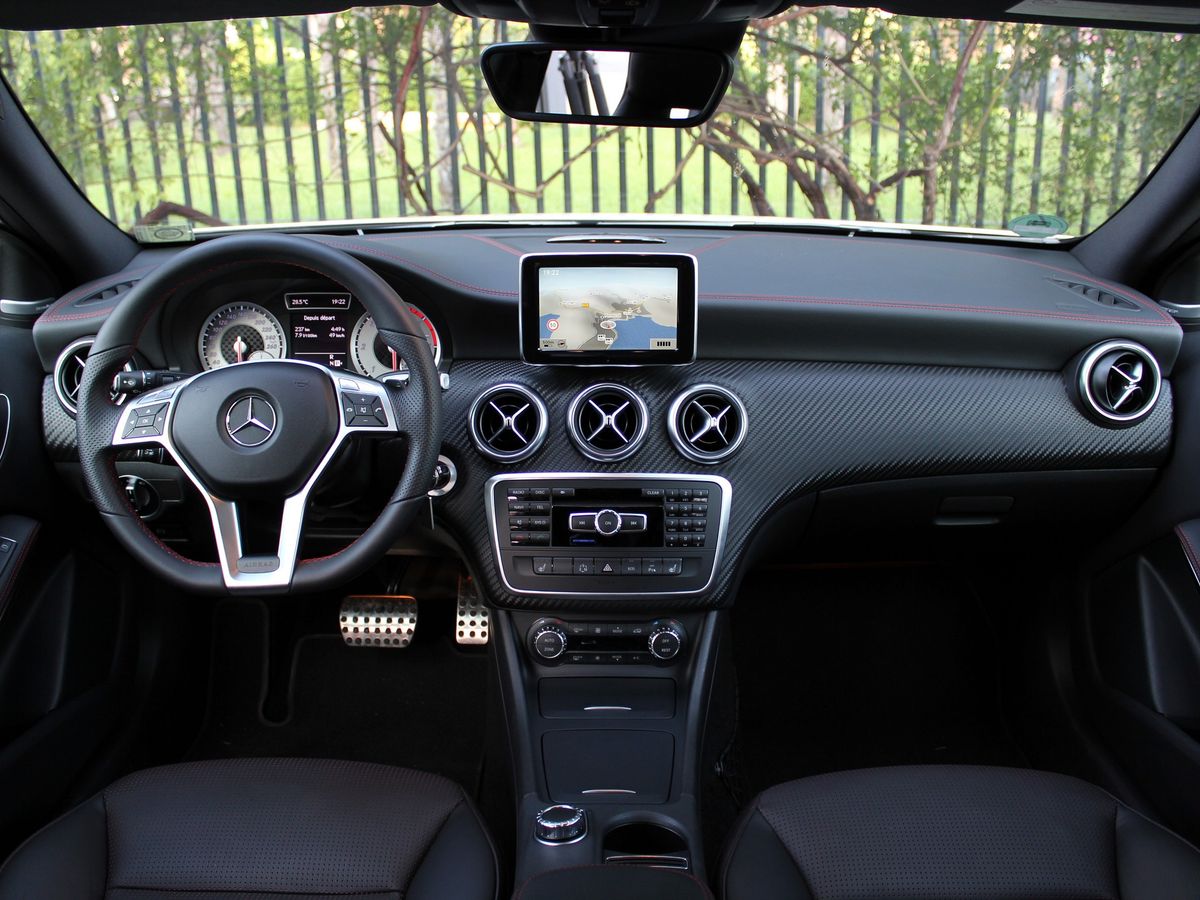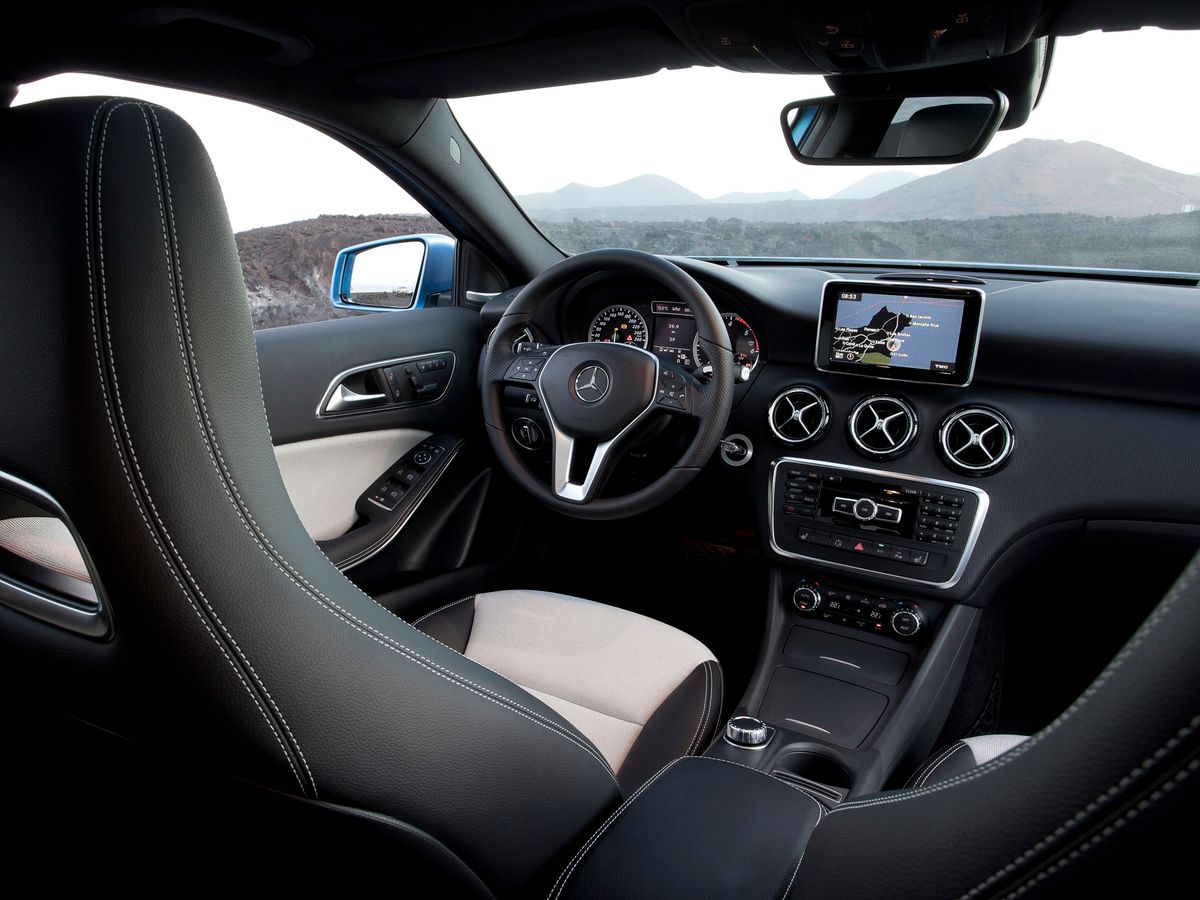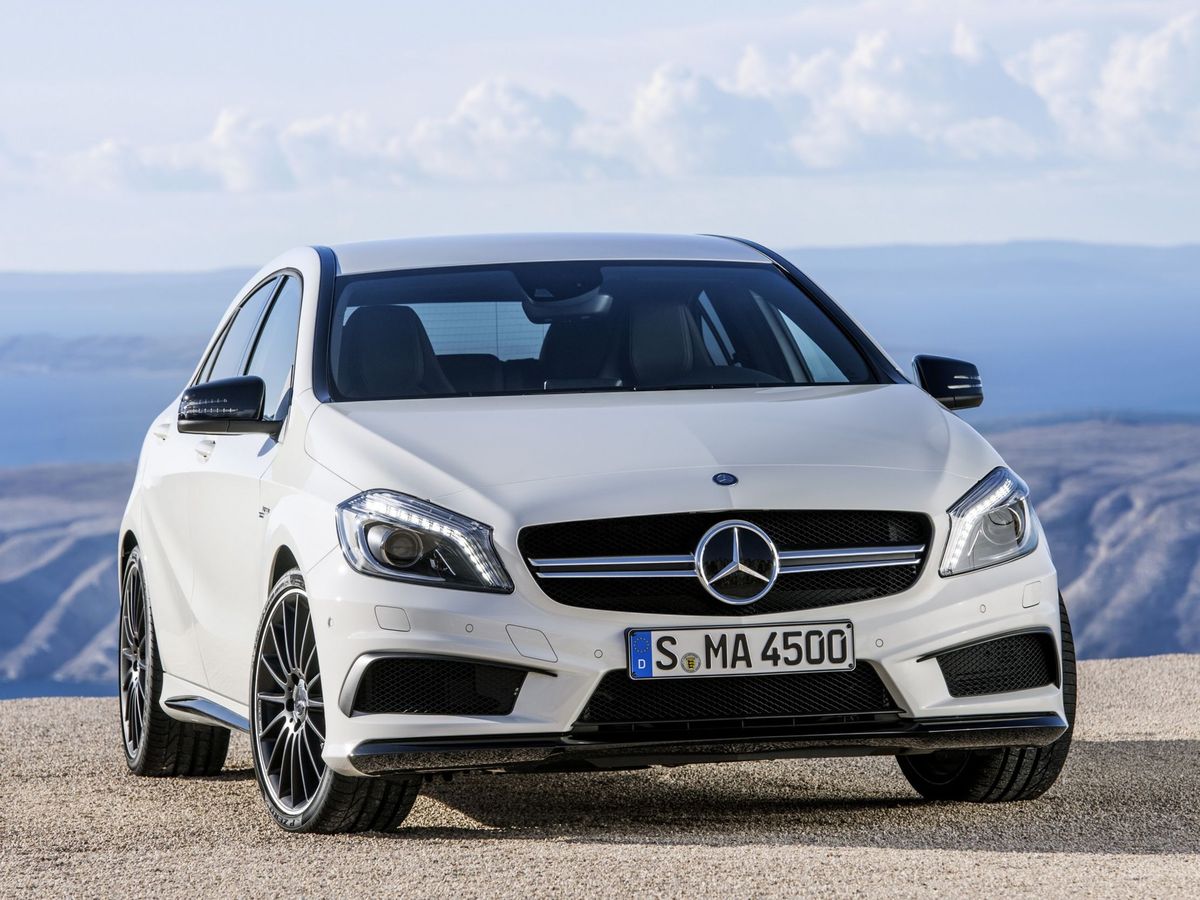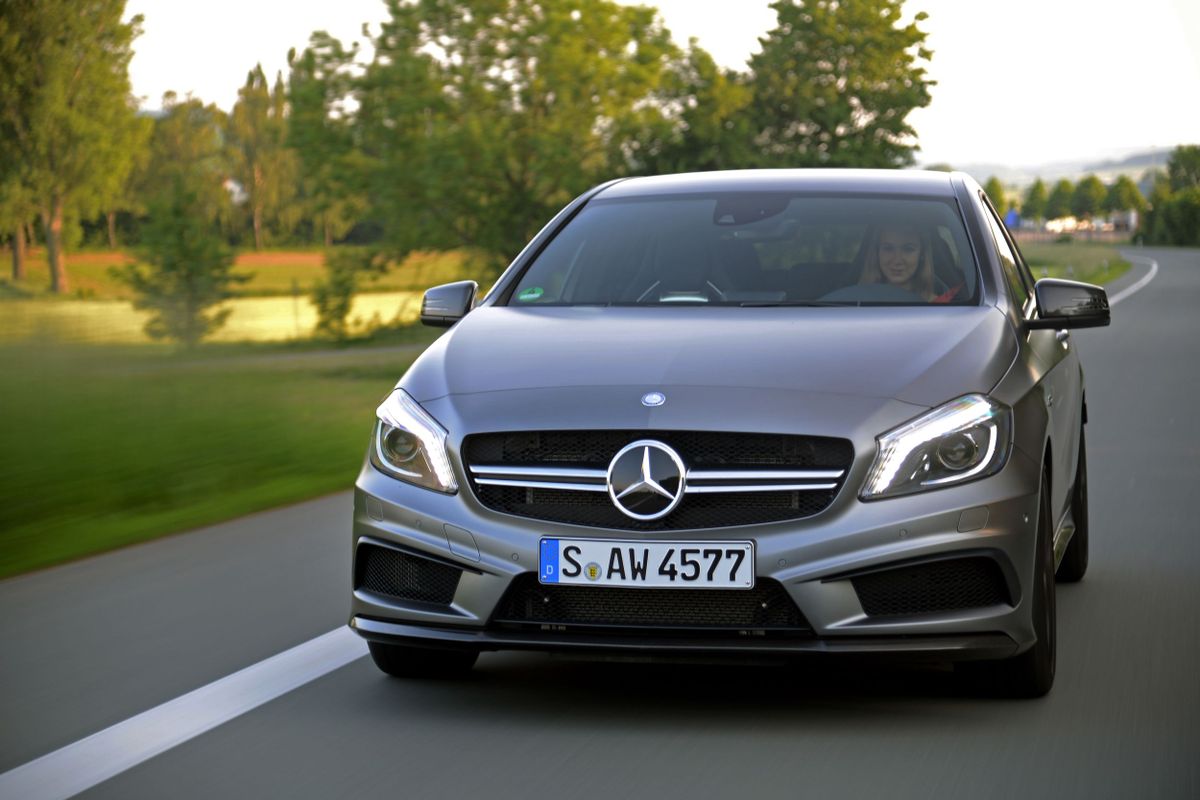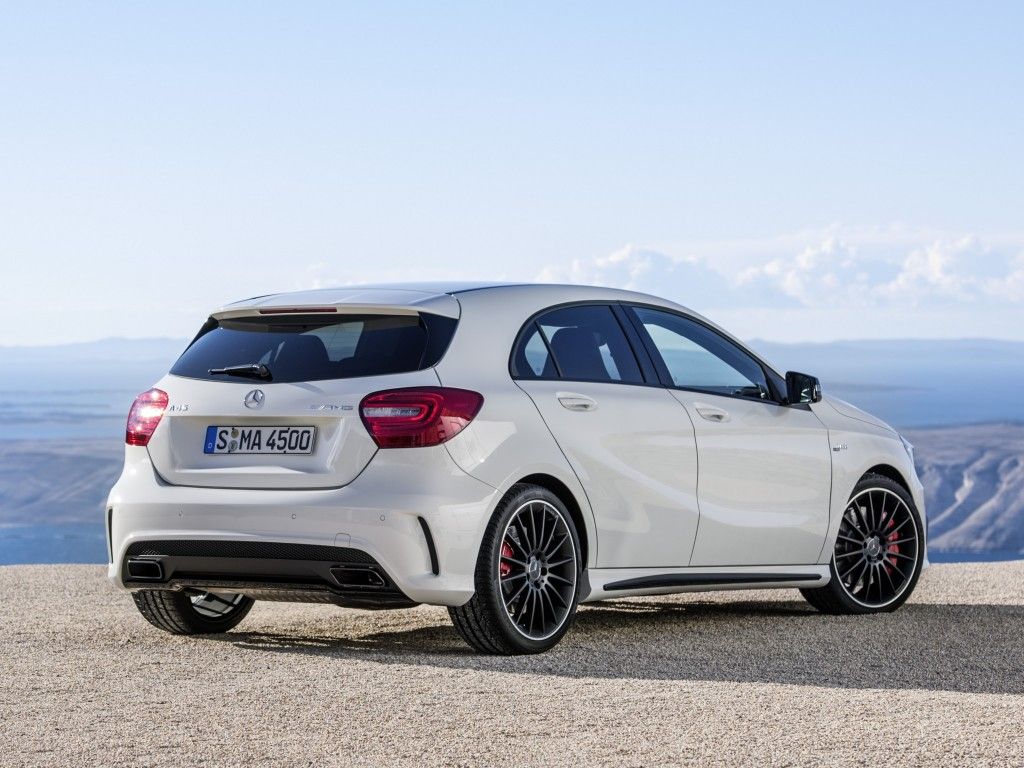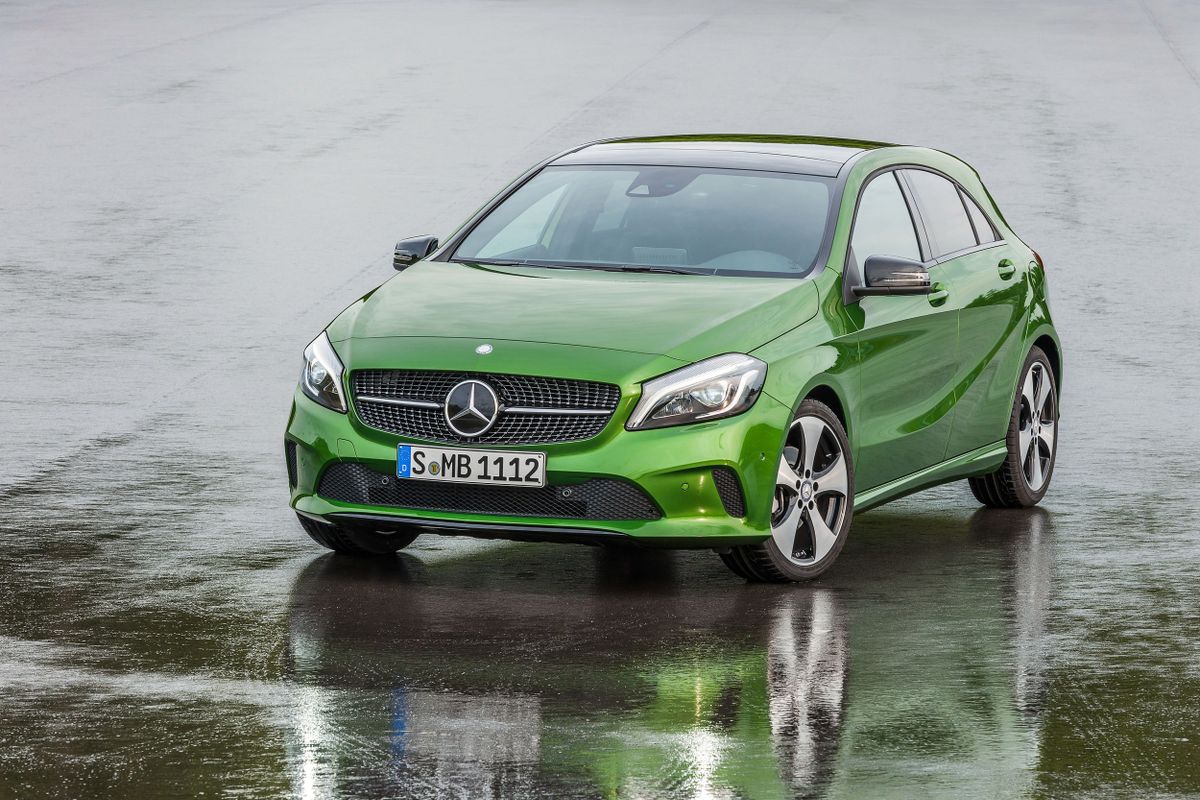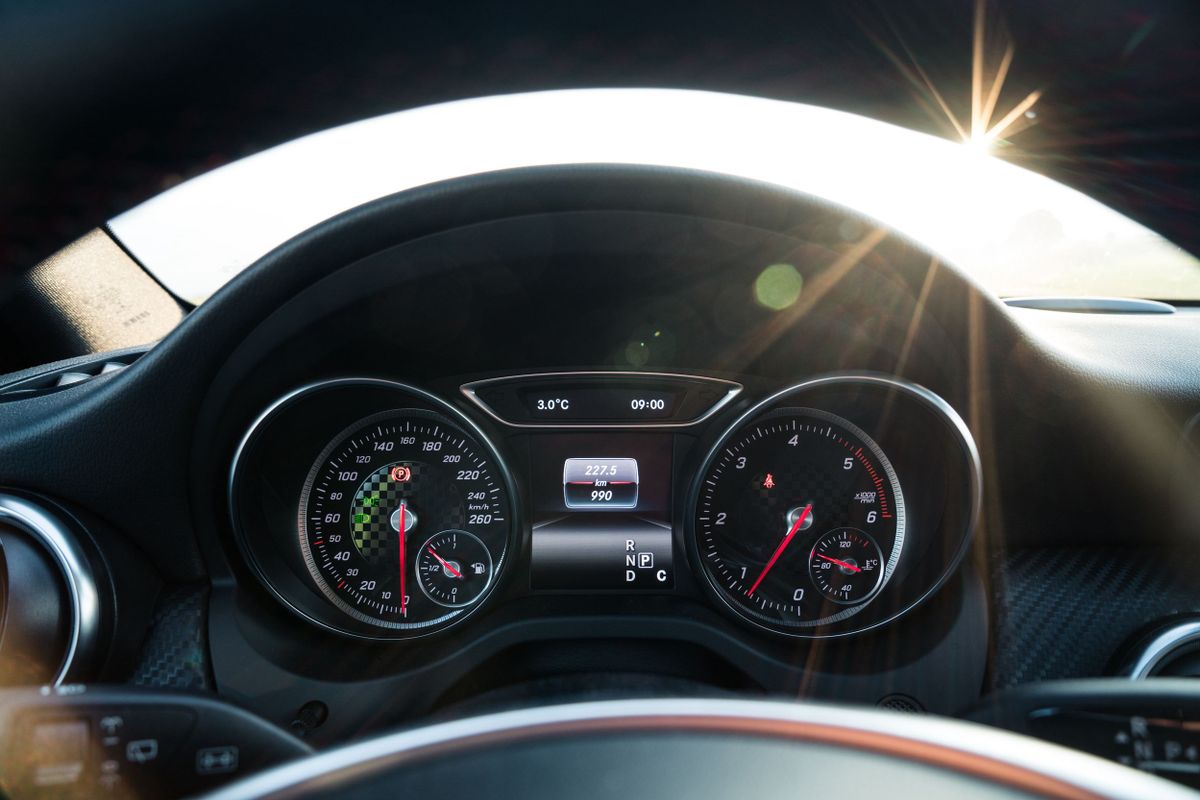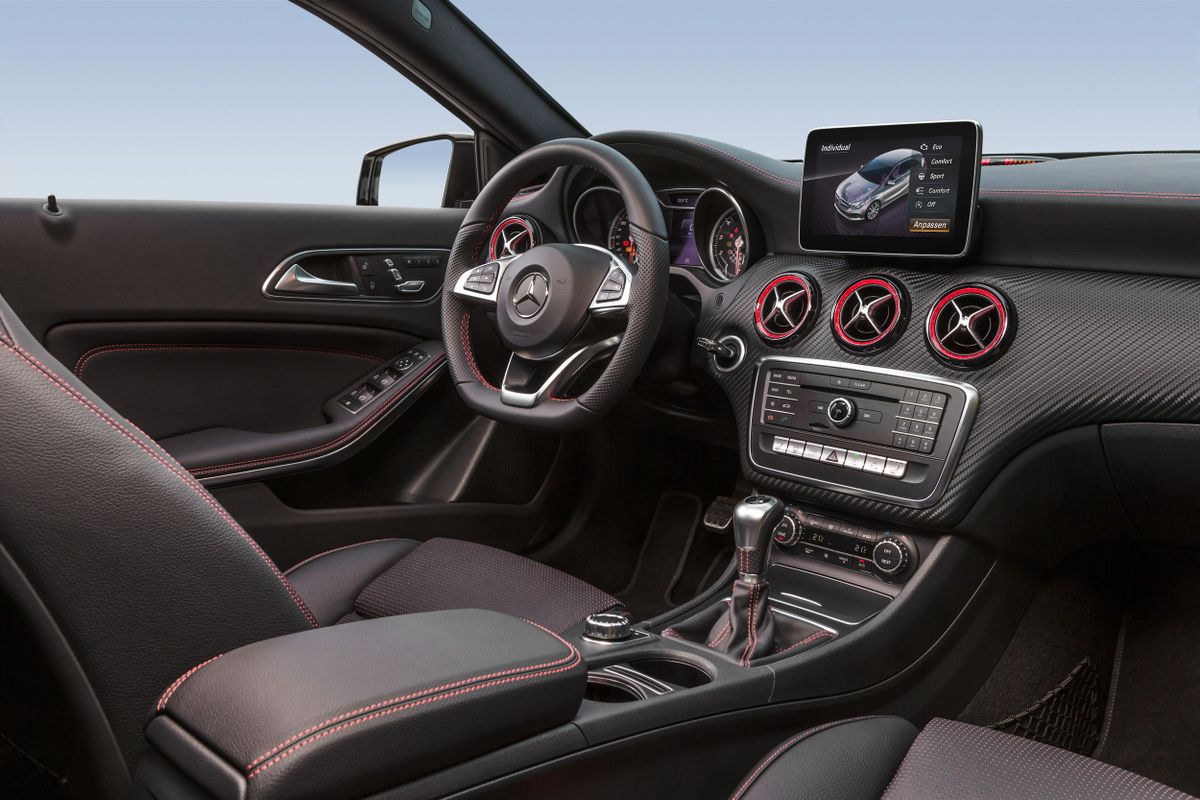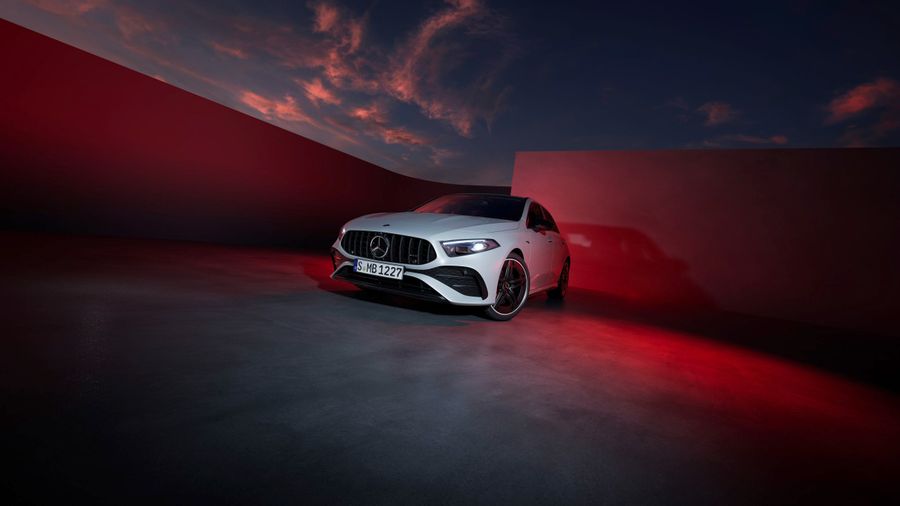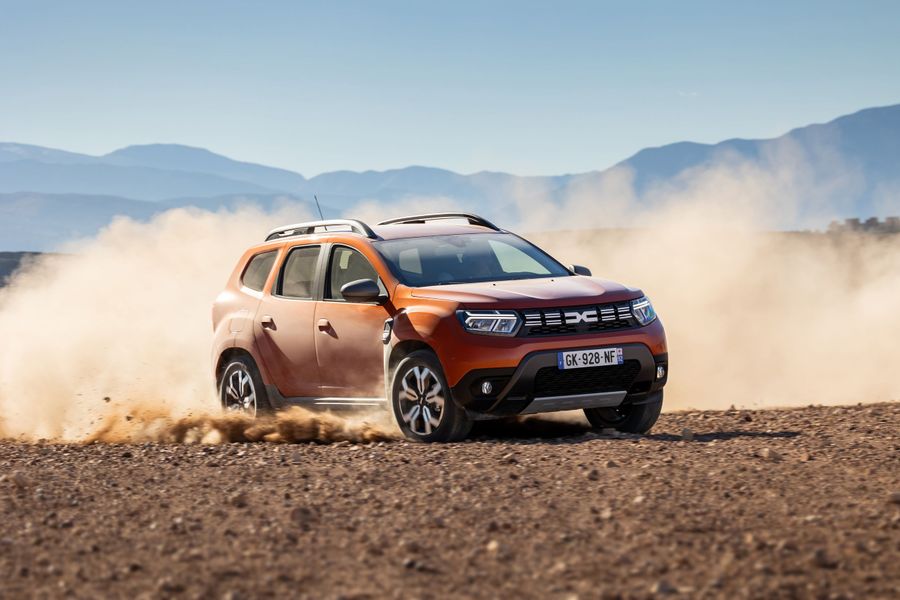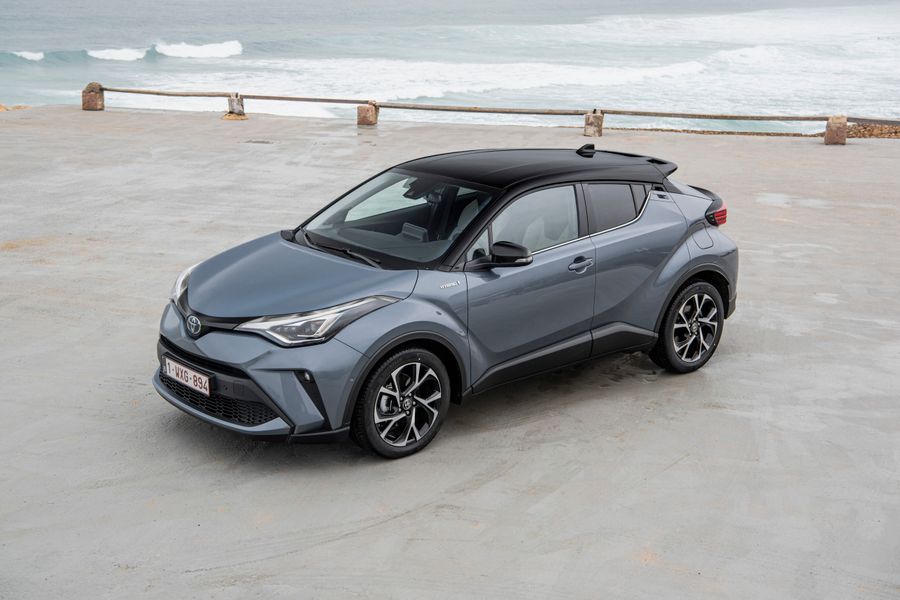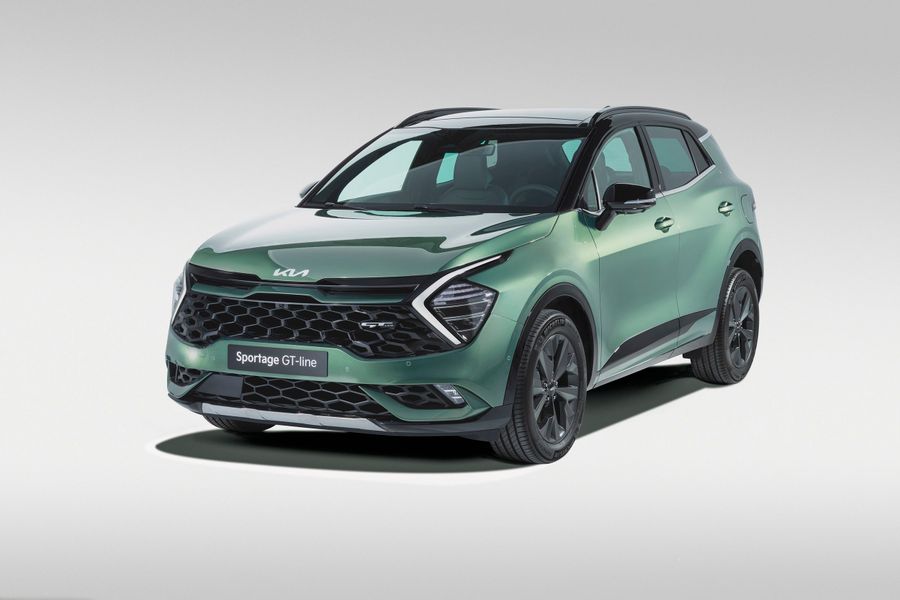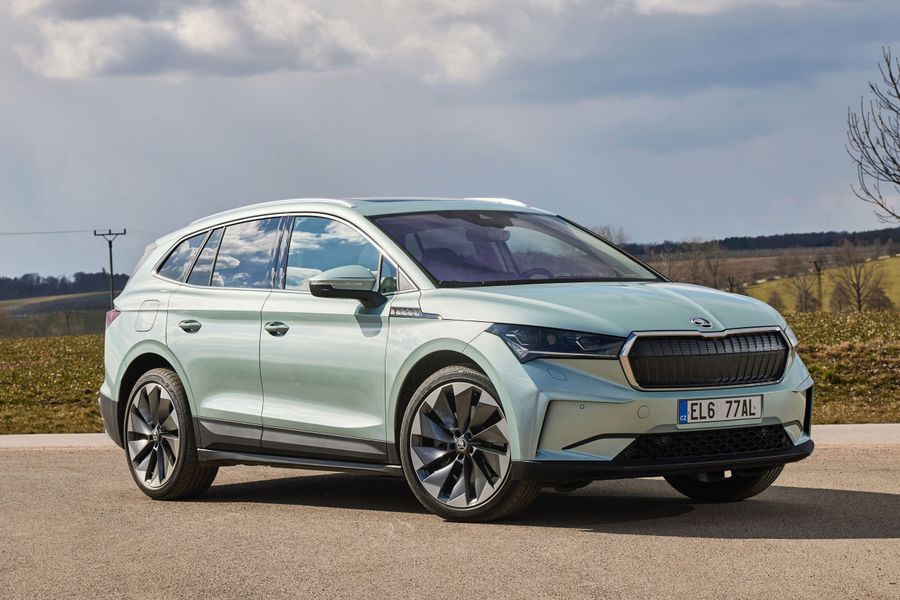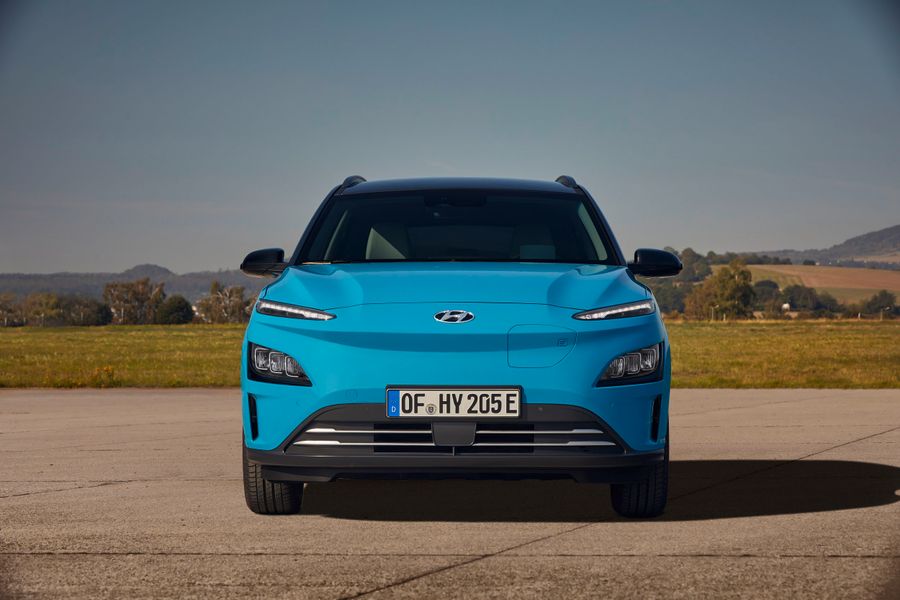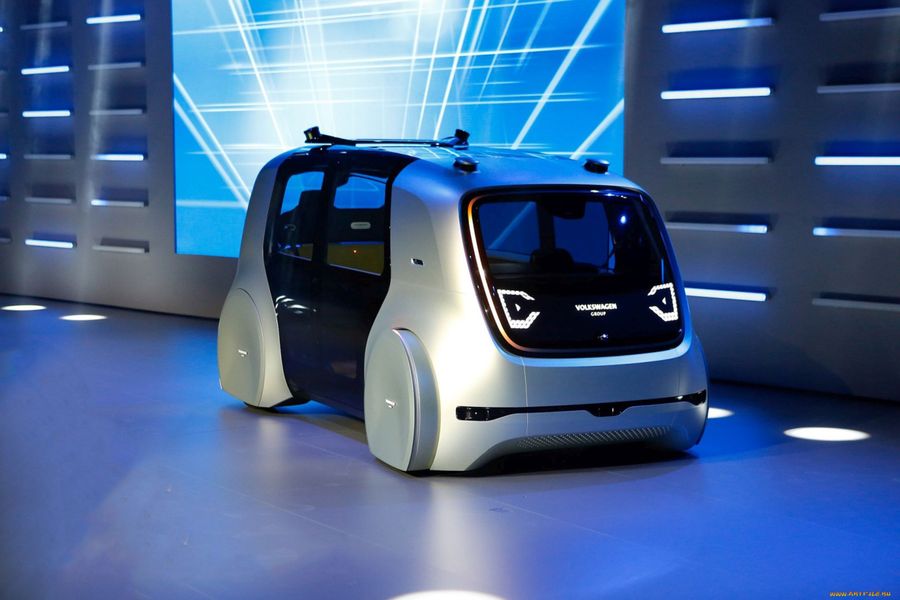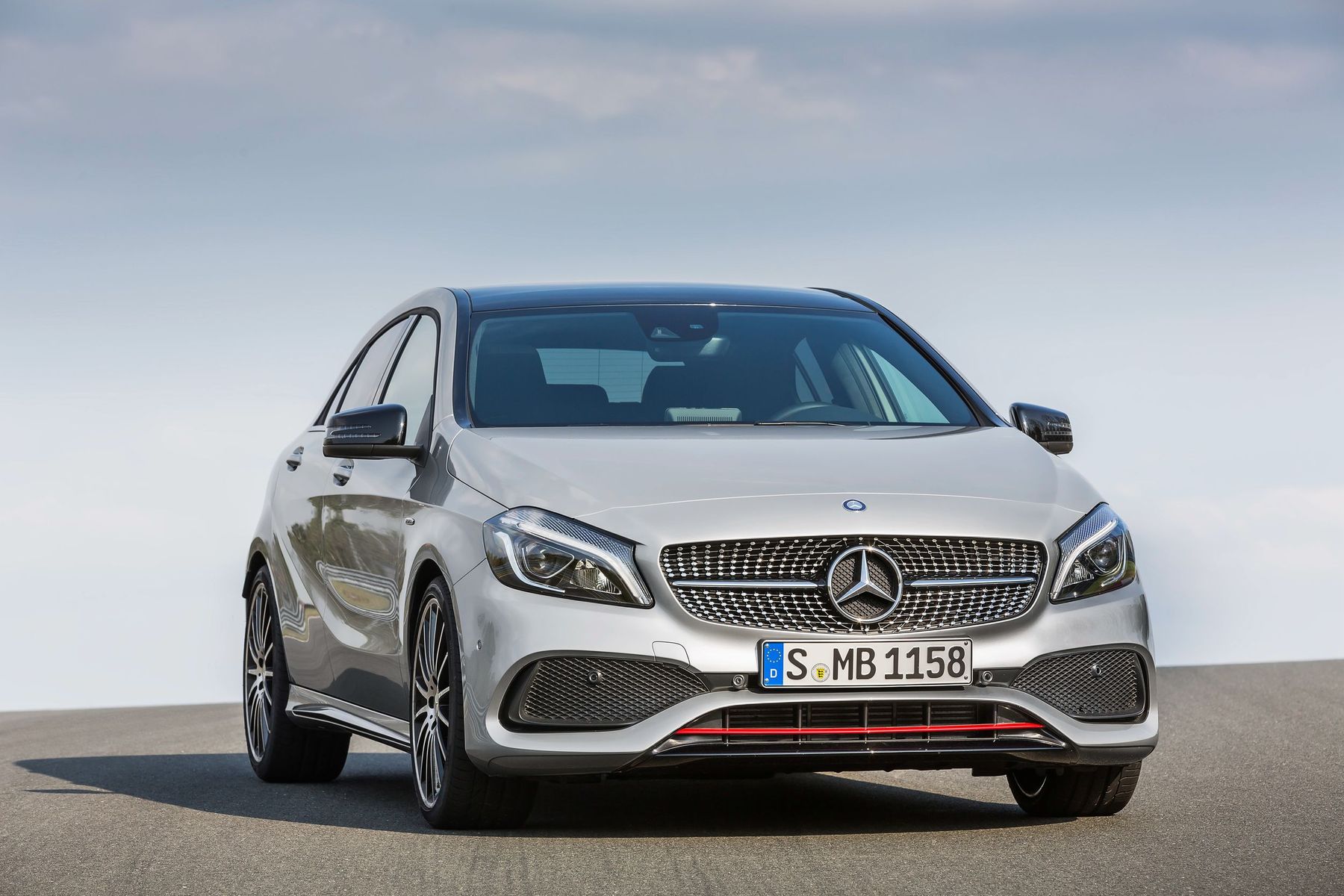
The coolest among larger compact cars
The new W is the best
The third generation of the Mercedes-Benz A-Class was targeted at the young buyers looking for a premium car, who considered the first two generations of the A-Class not cool enough. Mercedes-Benz engineers worked hard and introduced their creation at the 2012 Geneva Motor Show. It was a totally redesigned A-Class, which was able to become a decent competitor to the C-Class models, a typical representative of which was the legendary Volkswagen Golf. The third generation became larger compared to previous generations. The W176 was a five-door hatchback with a length of 4,299 mm, a height of 1,433 mm, a width of 1,780 mm and a wheelbase of 2,699. Formally, it was the same classic front-wheel-drive hatchback with a transverse engine, but it complied more with consumer needs. The engineers claimed that the W176 was a completely new car. Joachim Schmidt, Member of the Management Board of Mercedes-Benz Cars (division specialized in producing the passenger cars) named the W176 ‘the heart of the new generation of Mercedes-Benz’ and the basis for the company’s development strategy until 2020.
Sandwich-less safety
When designing the third generation of the A-Class, the manufacturer was focused on ensuring the highest level of safety. But, since the W176 was larger than its shorter ancestors, it no longer needed the ingenious sandwich floor technology. Standard safety equipment for the Mercedes-Benz W176 included dual front airbags, driver’s knee airbag, front and rear side airbags, full-size curtain airbags, ABS, electronic brake force distribution, electronic stability control, seat belts with pretensioners and tension limiters.
The sandwich floor technology that was at the heart of the entire A-Class was a thing of the past, as the larger W176 no longer needed it.
The W176 was equipped with a Pre-Safe system, which was activated during emergency braking, sharp or chaotic cornering, or when the adaptive emergency braking system was activated too often. The Pre-Safe activated the seat belt pretensioners, closed the side windows and sunroof (if equipped), and brought the front passenger seat to the ideal position. The collision avoidance system identified the risk of a collision at speeds from 7 to 250 km/h and warned of potentially dangerous stationary objects when moving at speeds up to 70 km/h. In addition, the collision avoidance system visually and audibly warned the driver about a dangerous situation, it also knew how to adapt the braking power at the moment if the driver, responding to the stimulus, sharply pressed the brake pedal.
The car also had a pop-up hood that rose in the event of a frontal collision with a pedestrian to create additional space between the hood and ‘hard points’ in the engine compartment; and the Mercedes-Benz automatic emergency call system. In Euro NCAP tests, the 2012 Mercedes-Benz W176 A 180 received the highest five-star safety rating, which confirmed that developers did everything right when creating the model.
Engines
The basic version of the W176 was equipped with a 1.6-liter turbocharged direct injection petrol engine generating 102-156 hp. The A200 modification featured the most advanced 1.33-liter engine with 163 hp, developed in cooperation with Renault. The engine turbine was equipped with an electrically driven bypass valve; at reduced loads, the system could turn off the second and third cylinders. The most powerful engine was a 2-liter Twin-Scroll Turbo with 381 hp, accelerating the AMG model to 100 km/h in just 4.6 seconds and providing a top speed of 250 km/h. The range also included a very fuel-efficient 1.5-liter diesel engine A 180 with 109 hp, consuming from 3.9 to 4.1 liters of diesel fuel per 100 km. By the way, the W176 models had a start/stop function, according to which the engine stopped working if the car was stationary.
The A 220 CDI engine, which had been available since December 2012, was compliant with the Euro 6 emission standard, which did not come into force until 2015. The base W176 A-Class models had a semi-independent torsion beam rear suspension, which was a simplification compared to previous generations. Subsequently, the car was equipped with a MacPherson strut front suspension and an independent four-link rear suspension. The 7G-DCT dual clutch transmission was a system that included an automatic three-shaft manual transmission and intermediate transmissions with clutches. The system provided operation in three modes:
- Economy - fully automatic gear shifting;
- Sport - automatic, but faster and more precise gear shifting;
- Mechanical - gear shifting with paddle shifters.
Modifications
The Mercedes-Benz W176 A was offered in several interesting modifications, some of which are still considered very progressive. But in any case, for the sake of young and forward-minded buyers, as the cars had a plenty of modern functions and options. The basic specification of the Mercedes-Benz W176 A 180 included 17-inch alloy wheels with five double-type spokes and 225/45 R17 tires, an audio system with six speakers and a media interface, a 14.7 cm color display, climate control, air conditioning, cruise control, daytime running lights, rear fog lights, rain sensing wipers, front and rear parking sensors, remote central locking, power windows and heated mirrors, ambient lighting, tinted windows, trip computer and immobilizer and much more.
The Mercedes-Benz W176 A 200 and A 200 CDI were additionally equipped with 18-inch five-spoke alloy wheels with 225/40 R18 tires, four-way adjustable front seats, power folding mirrors with automatic dimming. The Mercedes-Benz W176 A 250 Sport was equipped with 18-inch five-spoke AMG light-alloy wheels with 235/40 R18 tires, perforated front brake discs, AMG sports suspension, bi-xenon headlights with LED daytime running lights, LED taillights, power panoramic sunroof and rear protective glass.
A 45 AMG (2013–2018)
The A 45 AMG deserves special mention. This top-end A-Class version was equipped with components and elements that turned it into a high-speed road monster. The package included a 2-liter turbocharged four-cylinder engine with a capacity of 360 hp, 7-speed AMG Speedshift DCT sports transmission with Momentary M mode, 4MATIC all-wheel drive, 3-speed ESP with ESP Curve Dynamic Assist and ESP Sport Handling, AMG sports suspension, brake system with 350×32 mm front brake discs and 330 × 22 mm rear brake discs. The 45 AMG looked the same as the standard Mercedes-Benz W176, so we can assume that it was interesting to observe how that city and rather humble car developed 100 m/h in 4.7 seconds.
Restyling
A restyled version of the third generation A-Class was presented in 2015. The restyled model featured new bumpers and such additional options as five-mode lighting, upgraded switches, steering wheel, front seats, and a multimedia system compatible with Apple CarPlay. The range of engines was also upgraded, acquiring a fuel-efficient A180 d BlueEfficiency engine with 109 hp. The A220 d engine (177 hp), as well as the A250 (hp) engine, were made 7 hp more powerful. The Mercedes-AMG A45 engine now could offer a whopping 381 hp. The Mercedes-Benz A-Class (W176) was successfully produced from 2012 to 2018, eventually giving way to the latest generation of the A-Class.
By the way, the marketing strategy for promoting the third generation brought its results: according to Mercedes' own data, in Europe, buyers of the W176 were, on average, 13 years younger than those who bought the previous two generations of the A-Class. And, of course, with the W176 allowed Mercedes to gain a niche in the C-segment, while competing with other powerful models from Audi, BMW and Volkswagen.


